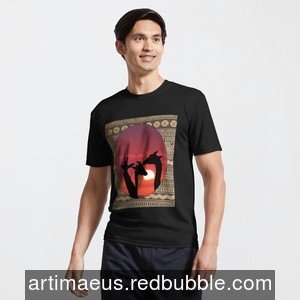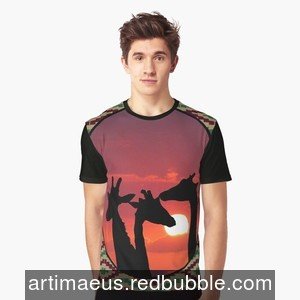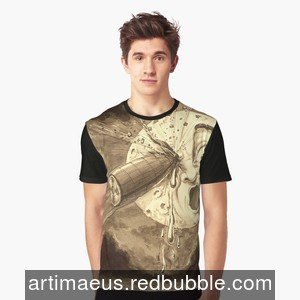- Category: Travel
- Written by Paul Chubb
- Hits: 552
Buchan Caves

Buchan Caves Reserve consists of a visitor centre, a series of caves and extensive landscaped and natural open spaces. It provides picnicking facilities together with camping. But the jewel of the crown is the caves themselves boasting some of the best formations I have seen in tourist caves.
The caves have a long history of tourism. In the late 1800s, visitors were shown through caves by the locals using bark torches dipped in kerosene. The fairy cave was discovered by Frank Moon in 1907, who blasted an opening to follow a hole that was expelling air. In 1910 the Royal Cave was discovered via the Fairy Cave and mapped by, the then caves Superintendent, Frederick Wilson.

Immediately after the caves were discovered, the caves began hosting tourists from Melbourne. There were no facilities such as are found in modern tourist caves. These tourists did a reasonable amount of damage as unrestrained tourism did in those days. In response, the government closed the caves while installing facilities to protect the formations. Some of these facilities – such as The Chook Run – are still in use today.
The reserve was handed back to the traditional owners in 2010.Today the reserve is jointly managed by the Victorian Government and the Gunaikurnai Nation.

In the 1930s, the area was landscaped with a mix of natives and imported trees. Today the area is very pleasant, an ideal location for a stroll. There are several walking tracks for the more adventurous. There are several picnic areas and BBQs are supplied.
The visitor centre is well worth a visit, if only to read through the historical display on one wall. This is where you purchase the tickets to enter the caves. Presumably this is also where you arrange the rental of camp sites.

There are two caves in regular use: Fairy Cave and Royal Cave. A third – Federation Cave - is used occasionally. The visitor centre also advertises adventure caving.
The caves are accessed by walking paths or driving from the visitor centre. Even if driving you should expect a walk to or from the cave entrance.
All tours are guided by park rangers. Our guide was friendly, helpful and knowledgeable.
We visited Royal Cave and Fairy Cave. These are not the easiest caves to move through. Fairy Cave includes lots of stairs in and also out. It is narrow and windy with smaller open caverns. In both caves, paths were laid out in the early 20th century, and so, were generally organised for shorter, smaller people. You should expect to have periods of walking bent over, or ducking under rocks. Fairy Cave is especially challenging with a long run of

chicken wire on all sides to protect formations called "The Chook Run". So be warned, these caves are only for those without bad backs or mobility issues.
The formations are spectacular. We saw the full range of formation types: straws, stalactites, stalagmites, columns, shawls and flow stone. There are a good range of life stages from dry, dead formations covered in dust to active formations pure white and glinting.
The ranger we had was sensitive to the desire to take photos and was quite willing to take time for this activity.

We really enjoyed our visit, saw spectacular formations and had lunch in the picnic area with beautiful surroundings.

























